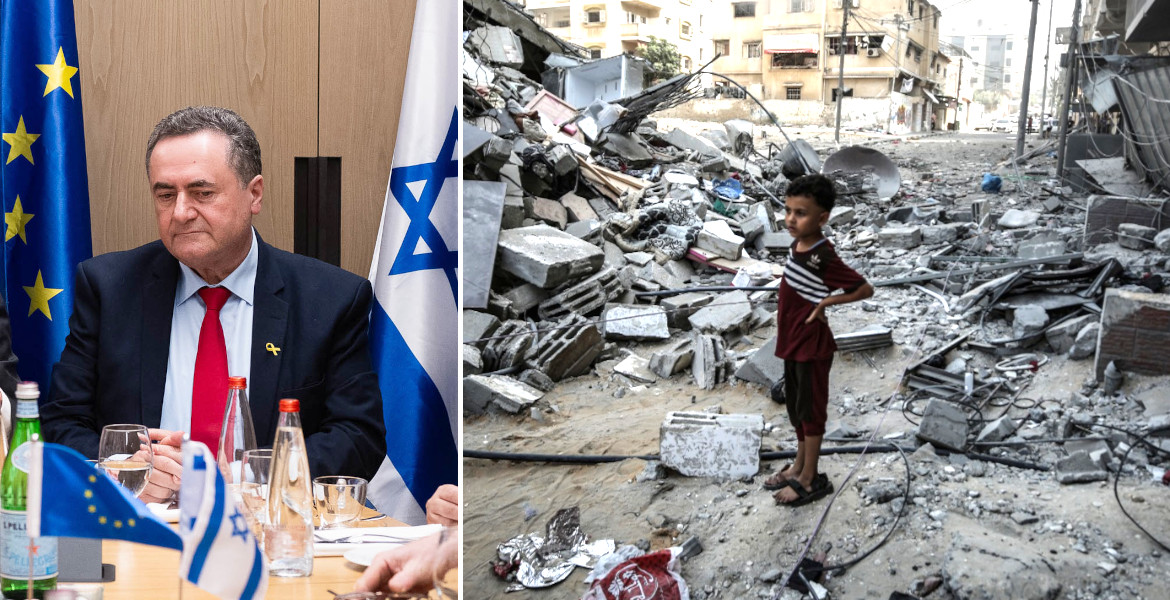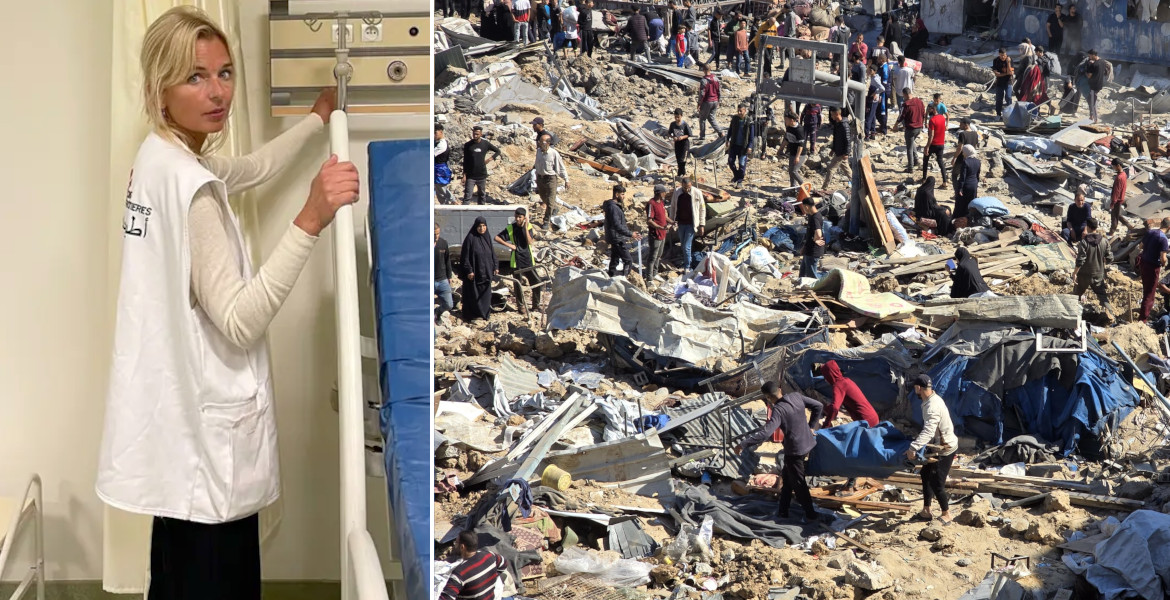The Israeli peace movement Peace Now reports that Israel has just approved the annexation of a 13 square kilometer area in the West Bank – the largest single Israeli occupation in three decades.
Palestinians living in the area will no longer be allowed to use the land, which will now be classified as the property of the Israeli state.
The Netanyahu government, backed by far-right Zionist parties such as the Religious Zionist Party and Jewish Power, has recently stepped up annexations and has now occupied a total of nearly 24 square kilometers of land in the area since the beginning of 2024.
The number of Israeli settlements has also increased since last fall, and although Gaza has been hardest hit by the war, conflicts have also flared up in the West Bank.
The Palestinian territories are already home to a large number of Israeli settlements, including nearly half a million Israelis. The international community, including the EU, has condemned the settlements and considers them illegal under international law.
The land now seized is in the Jordan Valley, northeast of Ramallah, and will be leased to Israeli citizens, while private Palestinian ownership is prohibited, Qatar’s Al Jazeera reports.
“Fighting against Israeli interests”
Land theft and illegal Israeli settlements are widely seen as one of the biggest obstacles to peace between Israelis and Palestinians, and Peace Now says a two-state solution must become a reality.
“Today, it is clear to everyone that this conflict cannot be resolved without a political settlement that establishes a Palestinian state alongside Israel. Still, the Israeli government chooses to actually make it difficult and distance us from the possibility of peace and stopping the bloodshed”, they wrote in a statement.
Israel’s far-right Finance Minister Bezalel Smotrich (Religious Zionist Party) has promised to “flood” the West Bank with one million new Israeli settlers.
“Netanyahu and Smotrich are determined to fight against the entire world and against the interests of the people of Israel for the benefit of a handful of settlers who receive thousands of dunams as if there were no political conflict to resolve or war to end”, Peace Now added.
In addition to the 500,000 Israeli settlers, some three million Palestinians live in the West Bank. They are effectively under Israeli military rule, with daily raids and mass arrests, nearly 10,000 Palestinians arrested since October, and at least 553 killed.







